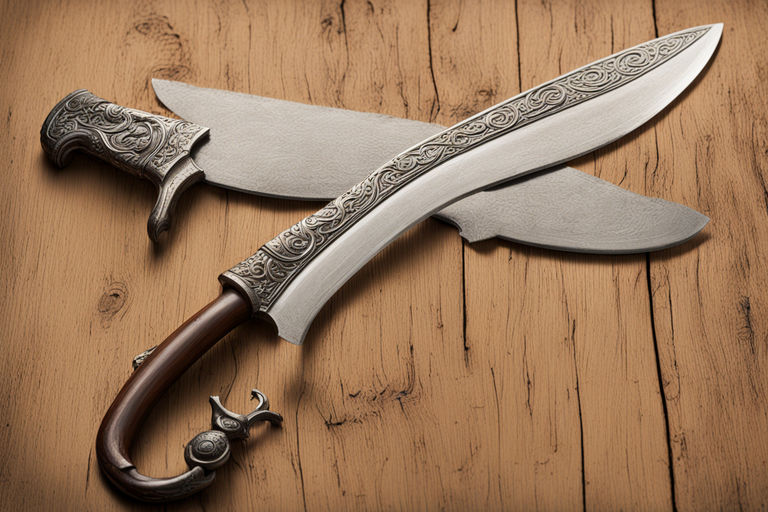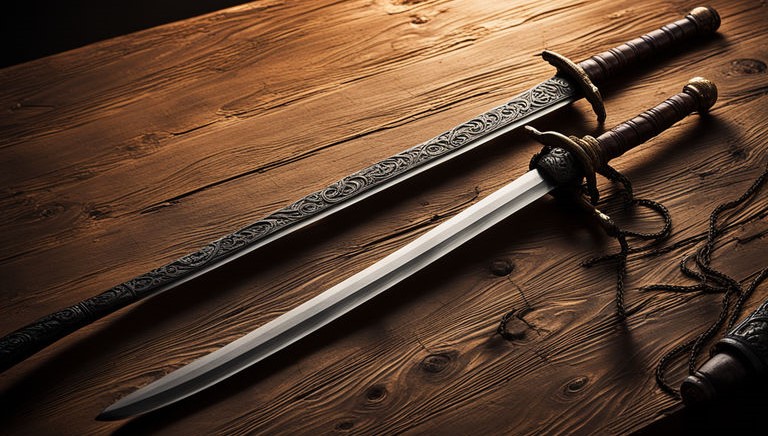Katana vs. Bullet: A Tale of Two Weapons that Shaped History
Overview The article explores the historical and cultural significance of the katana and the bullet. Originating in Japan, the katana symbolizes honor and skill in close combat, while the bullet, a product of Western technology, represents power and precision over distance. Both weapons have shaped warfare, culture, and societal debates, reflecting humanity’s quest for innovation […]
Continue Reading








